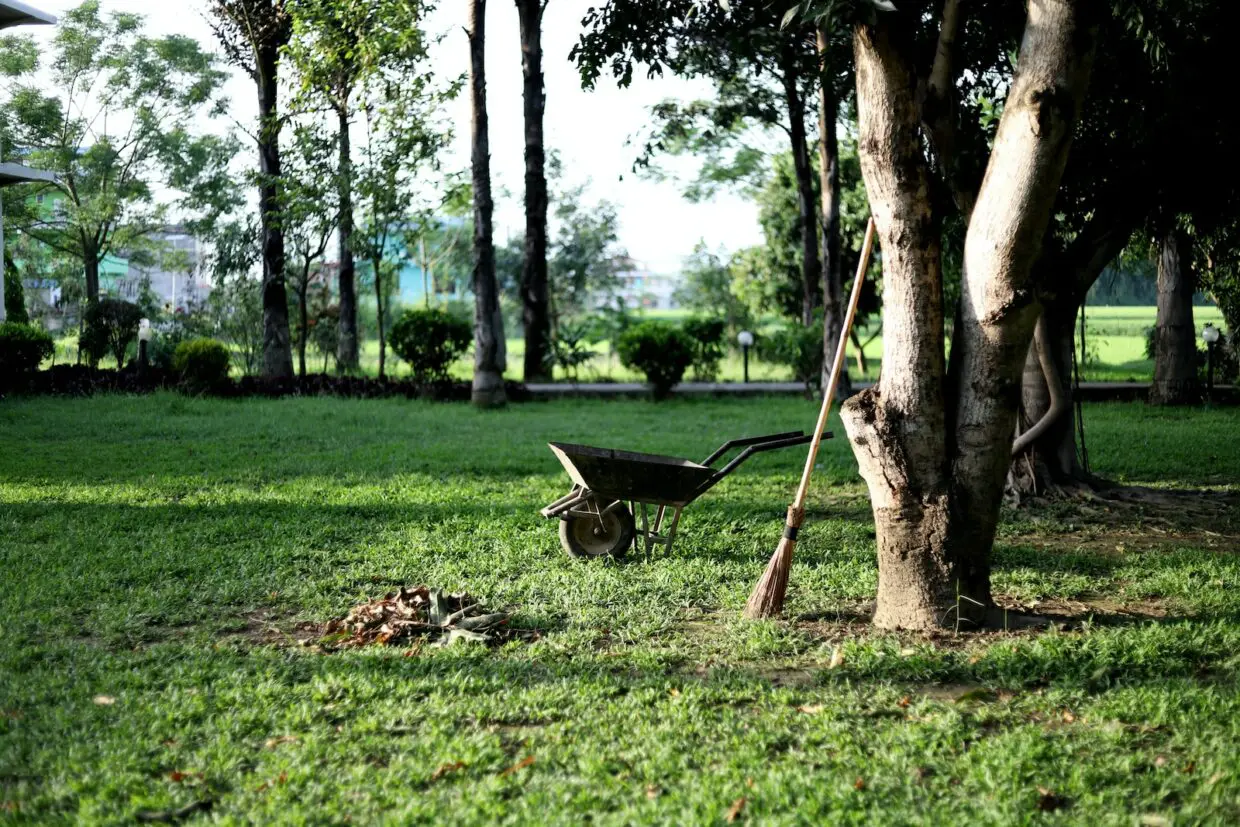Creating an awe-inspiring outdoor environment requires more than just a patch of greenery; it demands an understanding of the art of landscaping.
By incorporating design principles and harnessing the natural elements, you can transform your outdoor space into a captivating haven.
In this article, we will explore the key principles of landscape design and how they can be applied to achieve breathtaking results.
Whether you’re a seasoned gardener or a novice enthusiast, these principles will help you unlock the potential of your outdoor oasis. To create a stunning landscape, it’s essential to source quality landscape supplies Auckland to ensure your vision comes to life.
Understanding the Role of Design Principles:
Achieving balance and harmony is fundamental to successful landscaping. By striking the right balance between different elements and creating harmonious compositions, you can create a visually pleasing outdoor space.
One approach to balance is to consider both symmetry and asymmetry in your design. Symmetrical arrangements, where elements are evenly mirrored, create a sense of order and formality.
On the other hand, asymmetrical designs allow for more creativity and visual interest.
To achieve a harmonious landscape, understanding scale and proportion is crucial. The proper scale ensures that elements are appropriately sized and in proportion to each other and the surrounding environment.
By playing with the size and proportions of plants, structures, and pathways, you can create a visually pleasing composition that feels balanced and cohesive.
Incorporating Elements of Nature:
Nature offers a rich palette of elements that can be seamlessly integrated into your landscape design. The existing topography of your outdoor space plays a significant role in shaping the overall layout.
Analyzing slopes and elevations allows you to make informed decisions about terracing, retaining walls, or other structural adjustments that will enhance the functionality and aesthetic appeal of your outdoor environment.
Maximizing the impact of plants and vegetation is another crucial aspect of landscape design. When selecting plant species, consider the local climate, soil conditions, and maintenance requirements.
By diversifying textures, colours, and heights, you can create a visually striking landscape that evolves throughout the seasons.
Utilizing Hardscape Features:
Hardscape elements such as pathways, patios, and decks add structure and functionality to your outdoor space.
Pathways guide visitors through the garden, connecting different areas and creating a sense of flow.
Choosing durable materials that harmonize with the overall design is essential. Combining curves and straight lines in your pathways creates visual interest and adds variation to the landscape.
Designing inviting outdoor living areas is another way to elevate the beauty and functionality of your landscape.
Patios and decks offer spaces for relaxation, entertainment, and outdoor dining. By carefully selecting materials, furniture, and accessories, you can create a stylish and comfortable outdoor oasis where you can unwind and connect with nature.
The Power of Water Features:
Water features bring a sense of tranquillity and movement to your landscape.
Ponds or waterfalls can become focal points, adding visual interest and a soothing ambience. Whether you choose natural or artificial water elements, proper filtration and maintenance are essential for the health and longevity of your water feature.
Incorporating suitable pumps, filters, and aquatic plants will help maintain a balanced ecosystem.
Fountains or streams can also enhance the overall appeal of your landscape.
Fountains come in various styles, such as tiered, wall-mounted, or freestanding, and can add a touch of elegance or playfulness to your outdoor space.
Creating a natural flow with streams or rivulets adds movement and a sense of harmony, especially when combined with appropriate landscaping and lighting.
Lighting for Atmosphere and Safety:
Outdoor lighting serves both aesthetic and practical purposes. By strategically placing lights, you can set the mood, highlight key features, and extend the usability of your outdoor space into the evening hours.
Choose fixtures and bulbs that complement the overall design and create the desired atmosphere. Soft, warm lighting can create a cozy and inviting ambience, while cooler tones can enhance a contemporary or modern aesthetic.
In addition to aesthetics, outdoor lighting also plays a crucial role in safety. Illuminating stairs, walkways, and entrances ensure that your outdoor space is navigable and secure.
Motion-sensor lights provide an extra layer of security by automatically activating when movement is detected.
Sustainable Landscaping Practices:
In an era of environmental consciousness, incorporating sustainable practices into your landscape design is essential.
Efficient irrigation systems help conserve water while maintaining the health of your plants. Consider installing drip irrigation or smart sprinklers that deliver water directly to the roots, minimizing waste and maximizing efficiency.
Rainwater harvesting techniques, such as collecting rainwater in barrels or installing underground storage tanks, can further reduce water consumption.
Incorporating native plants into your landscape design not only promotes biodiversity but also requires less maintenance.
Native plants are adapted to the local climate and soil conditions, reducing the need for excessive watering, fertilizers, and pesticides.
By creating habitats for local wildlife, you contribute to the overall ecological balance of your outdoor environment.
Maintaining and Evolving the Landscape:
To ensure that your landscape remains stunning and vibrant, regular maintenance is essential. Pruning, trimming, and weed control help keep plants healthy and maintain their desired shape and size.
Fertilization and soil management ensure that your plants receive the necessary nutrients for optimal growth.
Regular maintenance routines also allow you to identify and address potential issues before they become more significant problems.
As time goes by, your landscape may evolve, and your design preferences may change. Embrace the opportunity to adapt and modify your outdoor environment.
Incorporate seasonal changes and trends to keep your landscape fresh and captivating. Reevaluating the layout and making necessary adjustments allows you to continue enjoying your outdoor space to its fullest potential.

